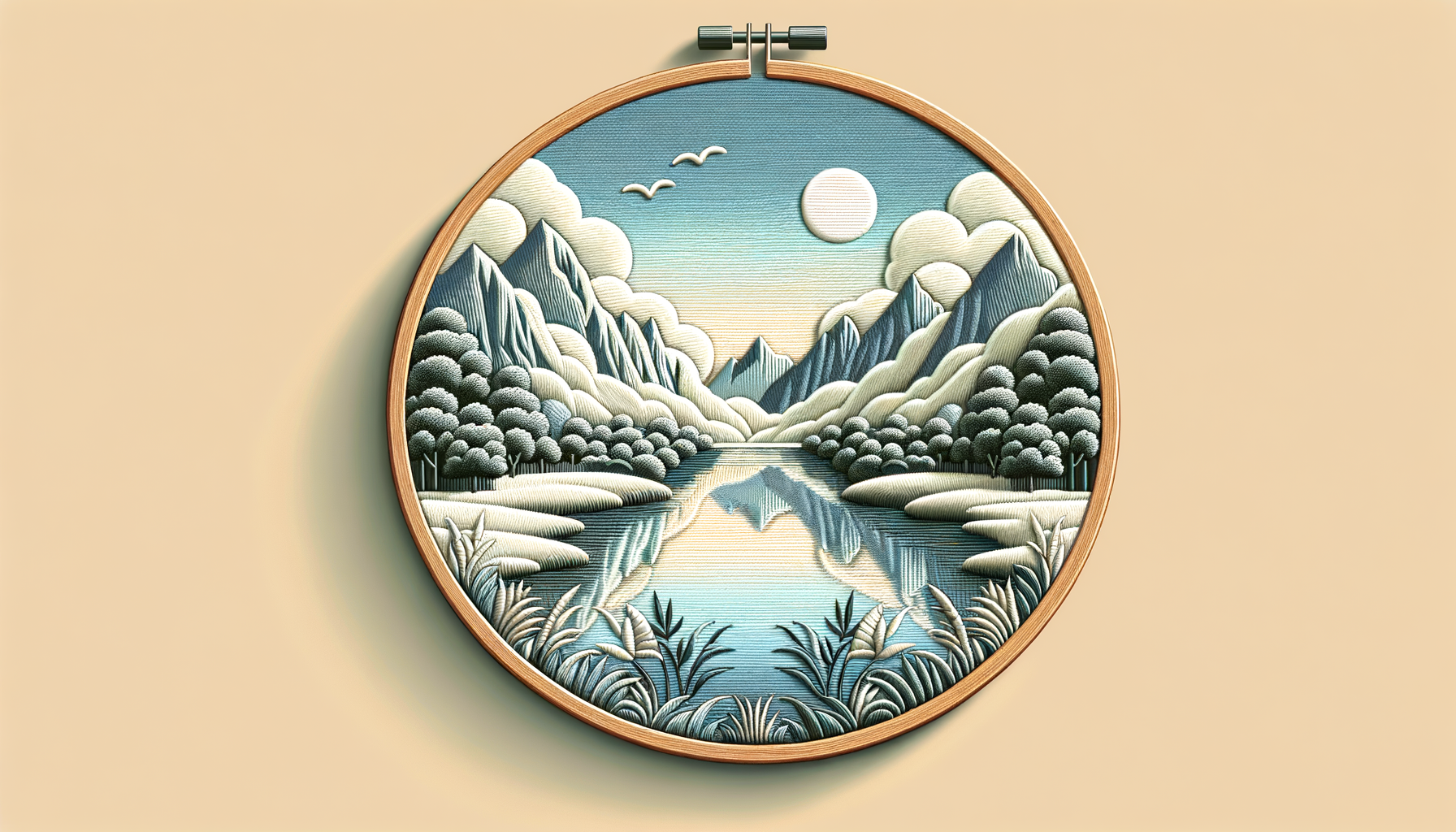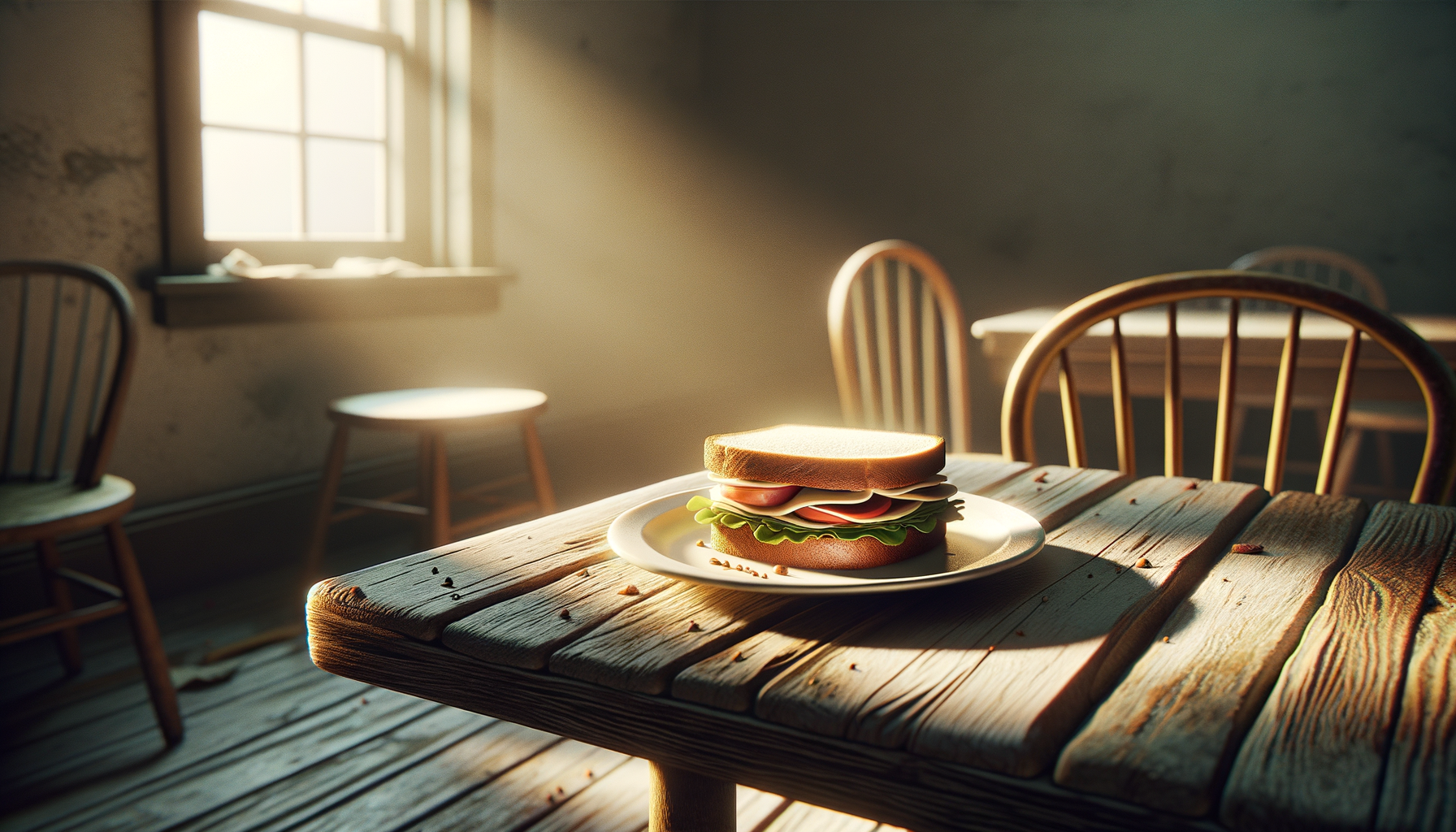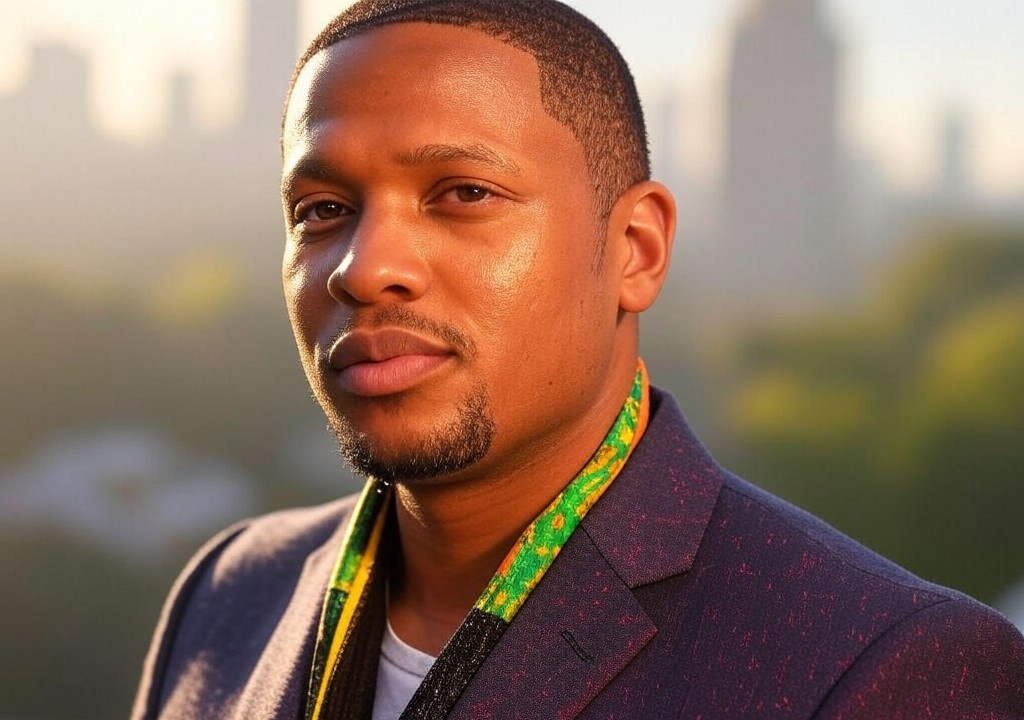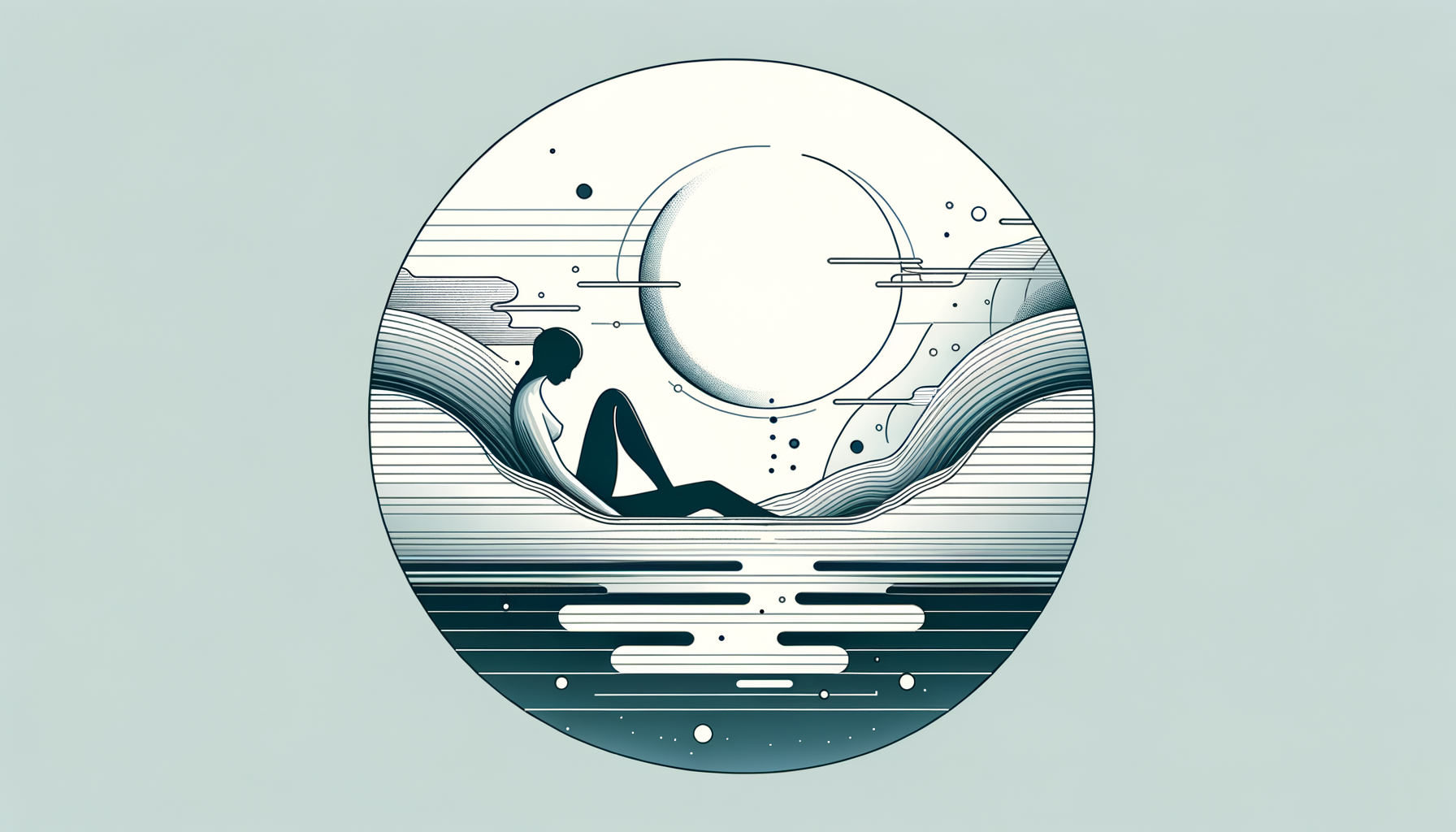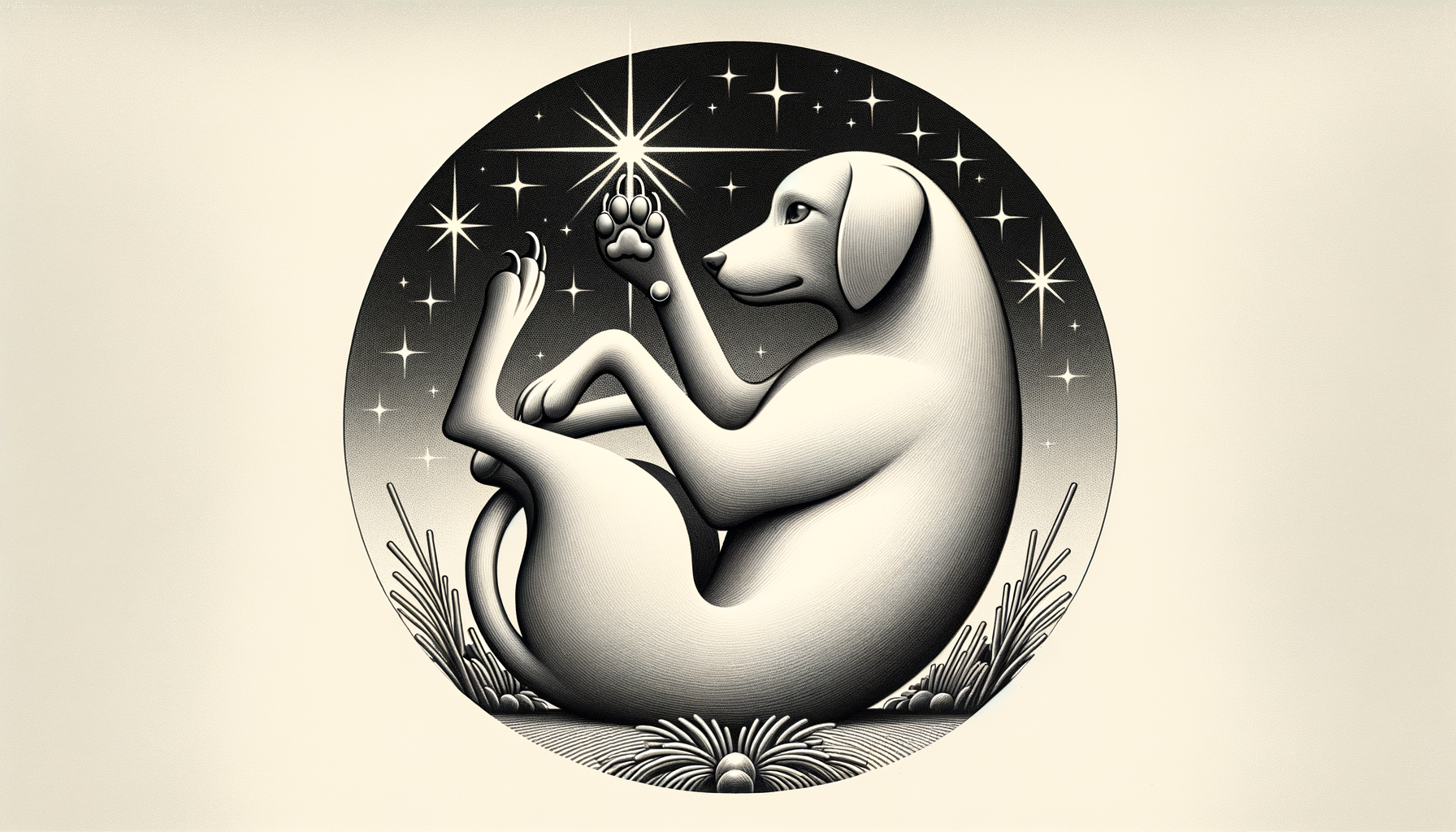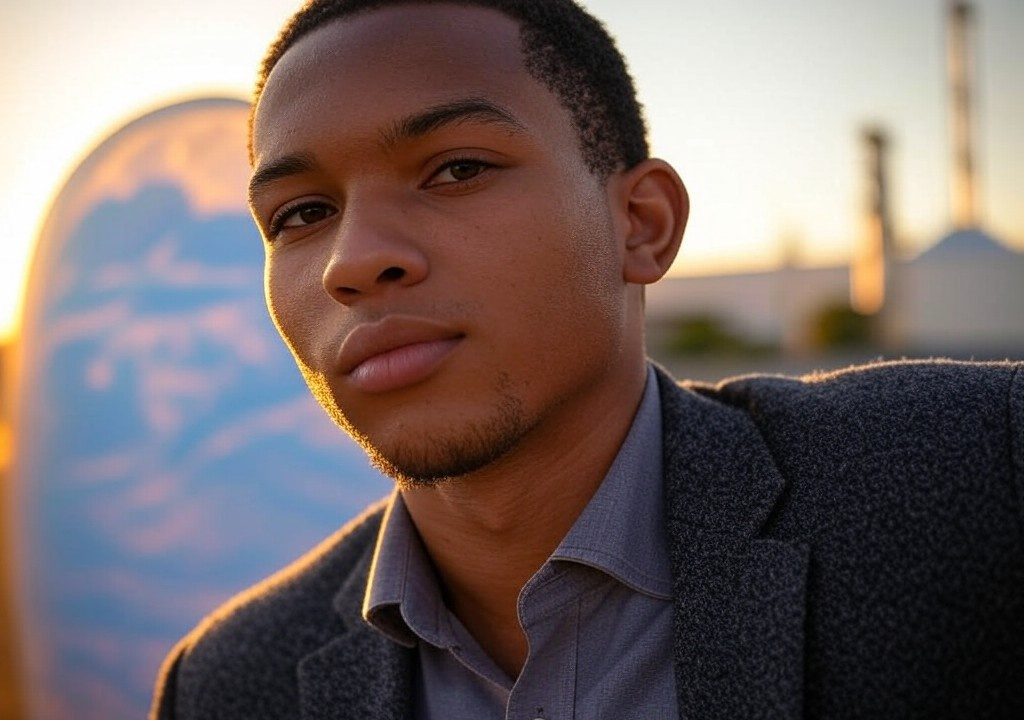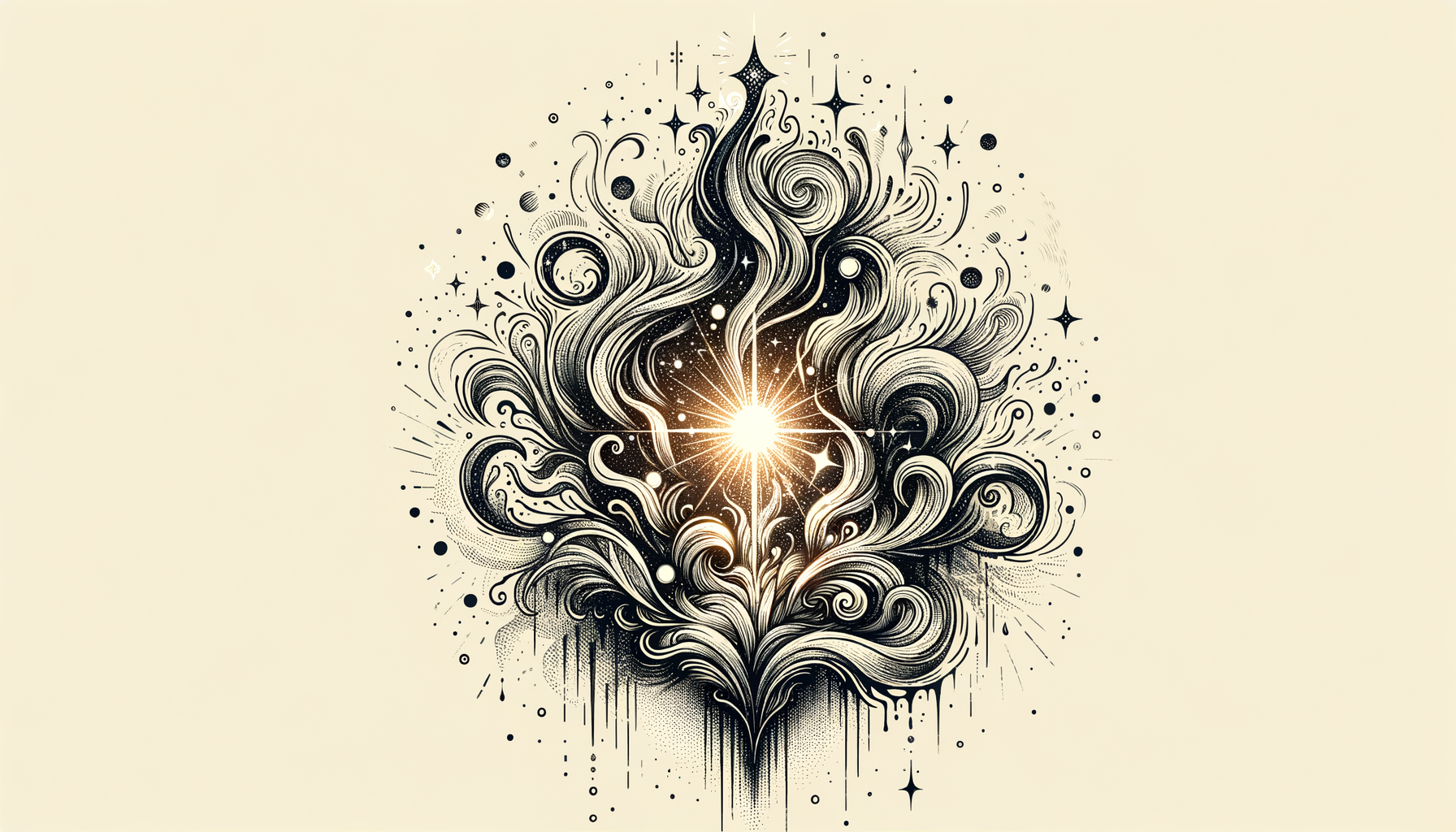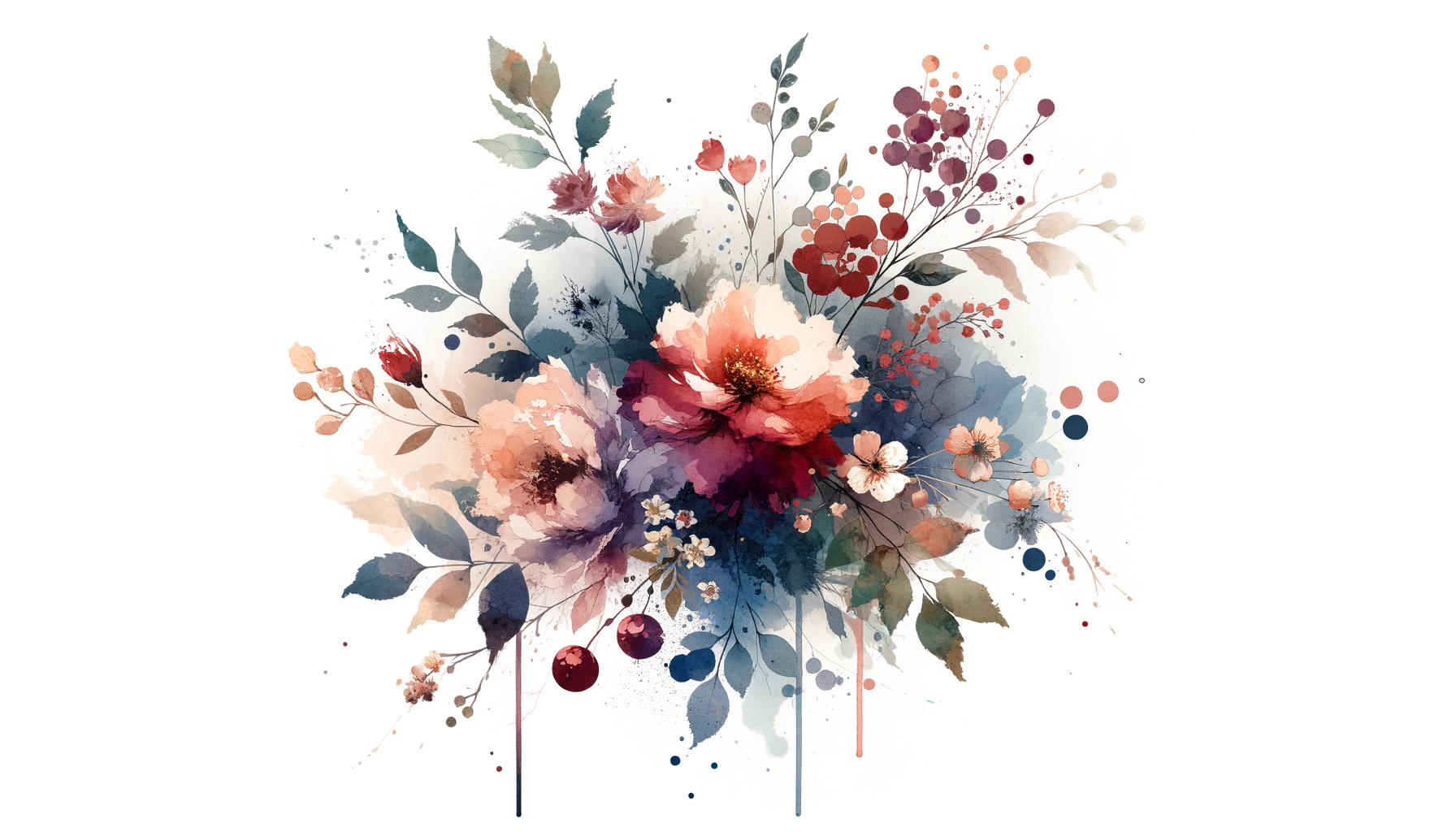The other day, I found myself crying into a pint of dairy-free chocolate ice cream (Austin has turned me into one of those people) while re-watching Legally Blonde. Again. Elle Woods’ indefatigable optimism teamed with her “bend and snap” energy always finds a way to shake me out of my funk. But this wasn’t just a breakup wallow or a bad-day-at-work cry—this particular meltdown stemmed from a recurring question: Why do some relationships click, while others feel like trying to hammer a square peg into a round emotional hole?
If you’ve ever stood in the rubble of yet another failed relationship or questioned why things seem to stall somewhere between goodnight texts and actual intimacy, you’re not alone. I’ve spent more hours than I care to admit in post-breakup autopsies, searching for patterns. And finally, one day, amidst uncapped highlighters and a (slightly chaotic) stack of life-coach-turned-TikTok-memoirs, the answer came to me like a Beyoncé bridge: habits. Specifically, one simple habit that changed the way I connect—not only with others but also with myself.
Let’s dive in, shall we?
The Curious Case of the Pause in the Text Chain
Let me rewind to 2020, back when sourdough starters were trending and virtual happy hours became their own weird genre of human interaction. During that strange time, I found myself in a situationship (you know the type—less clarity than an M. Night Shyamalan plotline but deeply addictive).
Here’s what would happen: We’d send each other poetic, borderline novel-length texts about how much we enjoyed talking. My hands would sweat while crafting the perfectly casual-yet-flirty reply. Then… radio silence. Not for a day, but for hours that felt like dog years. The nerve in the pit of my stomach would start twitching. Did I say something wrong? Am I terrible at emojis? My brain spiraled into irrational territory faster than Bravo delivers a new Real Housewives franchise.
Unsurprisingly, the situationship burned out, but I noticed something deeper: I’d internalized this maddening stop-and-go dynamic. It wasn’t just this person; I’d developed a terrible habit of attaching my worth to someone’s immediate response (or lack thereof).
That’s when I started practicing “The Pause.”
What is “The Pause”?
The Pause is deceptively simple: I stopped responding to everything instantly. Whether it was a semi-flirtatious “You up?” from a late-night caller (we’ve all seen that movie before) or a request from a close friend, I practiced waiting before texting back. Sometimes I’d give myself a full hour, other times just a calming 10 minutes.
But this wasn’t just about delaying my response—it was about clarity. The Pause gave me time to ask myself:
- What do I actually want from this interaction?
- Why am I responding?
- Am I operating from excitement, obligation, or fear of seeming unavailable?
(Spoiler alert: Fear of seeming unavailable was a shockingly frequent answer.)
The result? It was like cleaning a smudged mirror—I could finally see my intentions more clearly.
Why This Habit Works
I’m a fiercely Type-A personality in some ways (hello, color-coded spreadsheets), and The Pause felt counterintuitive at first. I mean, didn’t rapid responses show enthusiasm? Wouldn’t someone interpret the time gap as disinterest? The answer: Maybe, but that really missed the point.
Here’s why The Pause worked for me:
1. It Gave Me Breathing Room
Pausing forced me to step out of reactive mode, where so many of my decisions were made based on other people’s perceived expectations. Instead, I got to sit with my feelings—good, bad, or petty—and sort them out before replying. It felt akin to the deep breath you take before negotiating your cable bill. Essential and self-preserving.
2. It Established Healthy Boundaries
When you’re used to people-pleasing levels of responsiveness, inserting even the smallest delay feels radical. I realized that in some past relationships, I’d conditioned people to expect immediate access to me 24/7, even at the expense of my own needs. With The Pause, I began redefining what I would and wouldn’t tolerate emotionally—and surprisingly, no one fled or burst into flames.
3. It Filtered Out the Noise
You know those conversations that feel more like a chore than a connection? (“What’s up?” “Not much, u?” ad infinitum.) The funny thing about taking your time to respond is it weeds out surface-level interactions. The Pause helped me to discern which relationships mattered and which were taking up brain space I could use for literally anything else—improving my downward dog comes to mind.
Pro Tips for Embracing The Pause
Let’s be real: If you’re a compulsive overthinker or deep-in-your-DSMs empath (hi, twin flames), staring at a blinking cursor can feel like pure agony. But trust me, with a little intention, this habit gets easier—and wildly effective.
Here’s what helped me stick with it:
-
Set a Timer: I used my phone’s timer (ironically) to keep from doom-scrolling while deliberating my response. Whether it was five minutes or an entire episode of Ted Lasso, the timer gave me a boundary I could stick to.
-
Distract Your Brain: Instead of obsessively rereading the last text exchange, I’d make myself do something tactile, like organizing my vinyl collection (#AustinLife) or watering my plants. A distracted mind is a grounded mind.
-
Use “Draft Mode”: With trickier conversations—let’s say a “We need to talk” text—I’d open a notes app and freewrite my reply without the pressure of hitting send. While this sounds borderline corny, it helped release that panicky “What if I mess it up?” energy. Oddly enough, some of those drafts never got sent because I realized they weren’t even necessary.
The Unexpected Magic: Connection Through Intention
Here’s the twist I didn’t see coming: Practicing The Pause not only deepened how I showed up for others—it deepened how I showed up for myself. It added a layer of intentionality to my communication that sparked closer, more authentic relationships over time. I wasn’t just responding to people out of habit or false urgency anymore; I was showing up with purpose.
Even my mom, who has a sixth sense for spotting emotional shifts, commented on the change. “I feel like you’re more present when we talk,” she said during one of our weekly catch-ups. And she was right—for once, I wasn’t half-listening while thinking about a pending text or deciding how many exclamation marks to add to my reply. (Two, always two.)
Why This Habit Matters Right Now
In the swipe-right culture of fast replies and faster goodbyes, where “ghosting” has somehow become an acceptable verb, The Pause feels downright revolutionary. It’s not passive-aggressive or detached—it’s a way to center yourself, to react with care instead of simply reacting. In short, it’s about valuing your time and emotions as much as you value someone else’s.
So, yeah, The Pause saved me—from bad situationships, from my compulsive need to enmesh my worth with someone's typing bubble, and most importantly, from myself. And maybe, just maybe, it can save you too.
Because the truth is, relationships are messy. But when you build them with clarity and intention, they somehow manage to feel less like puzzles and more like playlists. The trick is knowing what songs belong to your soundtrack—and pressing pause long enough to find out.



